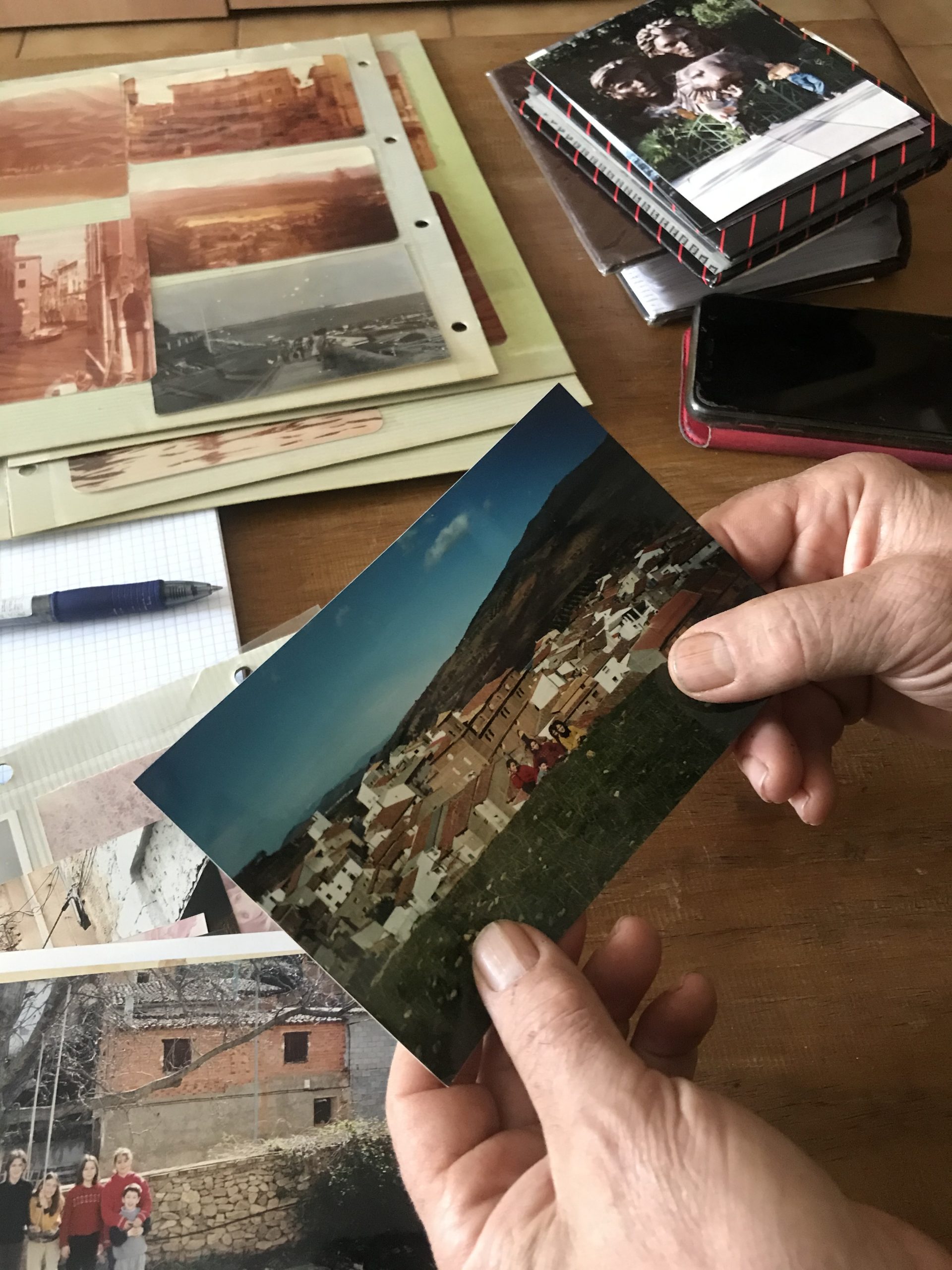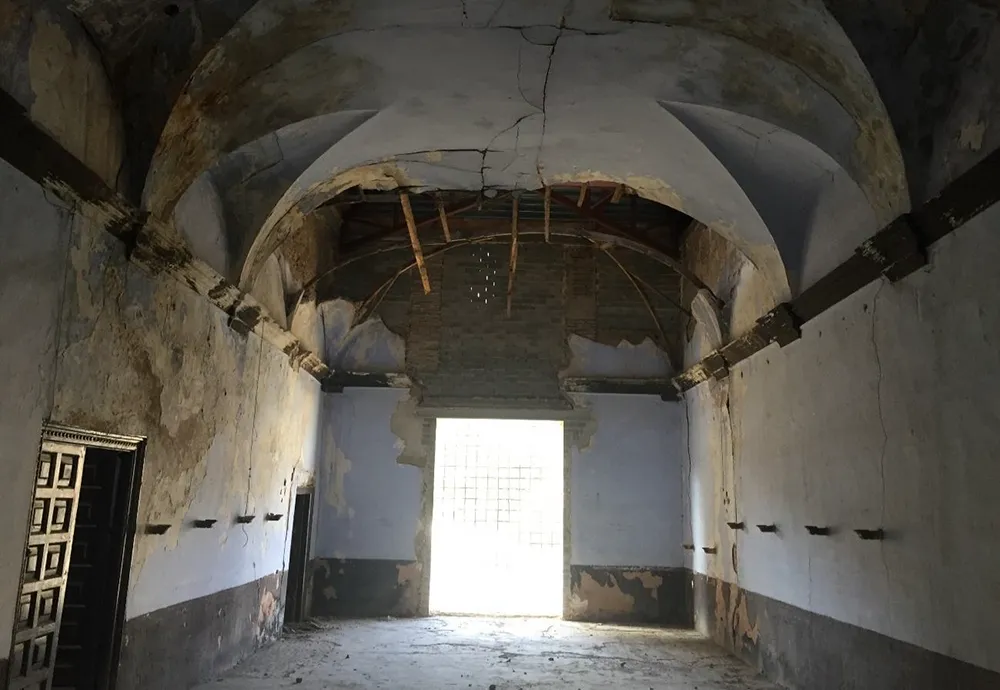Territorio Mudéjar is extending the deadline for submitting proposals for the call for five research stays for the study and management of the heritage and natural resources of its villages until Monday 29 June due to the high number of enquiries received in recent days. This is the second edition of these stays, which bear the name of Gonzalo M. Borrás Gualis in homage to the distinguished professor and expert in Mudejar art who died last year. Each of the grants is endowed with 6,000 euros and all of them will be aimed at developing responsible, sustainable and innovative projects that have a direct impact on the rural environment and that favour its visibility and knowledge. Territorio Mudéjar is an initiative promoted by the Diputación de Zaragoza that brings together 34 municipalities to conserve and promote Mudejar art in the province.
Interested parties can submit their ideas until 29 June 2020 at 23.59 pm (CET). Both novice and mid-career researchers and professionals in heritage management with innovative territorial work or projects that also consider responsible and sustainable uses of local resources are eligible to apply. It will also be essential that they contemplate and justify the permanence for a certain period of time in one or more localities of Territorio Mudéjar. Proposals may be in an initial phase, under development, being tested or being implemented, and must demonstrate the direct impact on at least three associated municipalities, as well as their influence on the rest of the territory.
Applicants may apply as individuals or as a research group; they may be at an initial or intermediate stage of their research career or professional activity; and they must provide proof of higher education related to the areas covered by the call and a minimum of two years of research or professional experience, whether paid or unpaid. However, the professional career may be replaced by a master’s degree in areas related to cultural heritage.
With this second call for Gonzalo Borrás Gualis research stays and projects, Territorio Mudéjar has set itself the objective of promoting knowledge of the rural territory from its Mudejar identity through innovative approaches that have a positive impact on the villages and that promote a network of work on the possibilities offered by the resources of the territory and collaborative and interdisciplinary work. It also aims to create dynamics of social participation in the field of heritage. Furthermore, the specific aim is to improve knowledge of the Mudejar as a World Heritage Site and the benefits it brings as an international brand recognised by Unesco.
Five different lines of research
The first of the five areas on which the projects submitted to the call for proposals may focus is New perspectives on Mudejar art, which includes updating data on this heritage in terms of monuments, urban, ethnographic and linguistic aspects, as well as technical languages applied to this style. Geolocation and cartographies are also included, as well as other aspects that allow the scientific base on this artistic style to be broadened.
A second line of research is Mudejar Territory and cultural landscape. It will assess the action of people on heritage resources, social and natural contexts and the interaction and relationship between landscape and monumentality.
The management of cultural heritage is the third area of action, which encompasses new models of uses in heritage management other than tourism or leisure. It also includes studies of physical, economic or intellectual accessibility, as well as future ideas for conservation and intervention in heritage.
New media discourses and knowledge or information for a general public will be the subject of the proposals in Communication and dissemination of Mudejar heritage.
Finally, in Mudejar Heritage and its social function as a key element of territorial development, projects related to social participation in the enhancement and collective construction of new forms of learning, intergenerational experiences, or emotional ties and roots as a basis for the protection and management of heritage will be considered.
Basis of the call: https://www.territoriomudejar.es/estancias-de-investigacion-y-proyectos-2020/









